Whether you’re mountain biking in the forest or taking part in a competition, a good mountain bike tire can make all the difference. Each mountain bike tire is made for specific conditions. While one is great for dry, sandy terrain, another will be most effective on a muddy course. And then there are also versatile MTB tires that are suitable for all kinds of surfaces. How do you know which type of mountain bike tire is suitable for which type of terrain? We explain all this in this buying guide for mountain bike tires.
We will first see which MTB tire is suitable for which terrain. And then we will look at the composition of a mountain bike tire , because it is not only made of rubber. The type of rubber, tubeless or not, and the number of threads per inch (TPI) are all important elements of a tire.
Choose the mountain bike tire adapted to the terrain!
So much for the technical aspects of MTB tires. It’s time to figure out which type of mountain bike tire is right for you. The most important aspect is the terrain you plan to ride on most often. It is mainly the surface that determines your choice of tires.
Fallen leaves, banked turns and mud? In these cases, grip is essential for the front tire, but you can choose a faster rear tire.
If you are looking for the optimum combination of grip, light weight and low rolling resistance, you may want to consider mounting another MTB tire front and rear. Schwalbe has even made a special combination for the latest series of MTB tyres. According to Schwalbe, the new Racing Ray Speedgrip and Racing Ralph Speed are the ideal combination to achieve the best performance.
Why would you better fit two different tires on your mountain bike?
For mountain bikers, it is common to ride with different tires front and rear. As your front tire is meant to tackle corners, it is essential that it has enough grip. The rear tire, on the other hand, is subjected to a completely different load. Much of your weight rests on it. That’s why you want a rear tire with low rolling resistance but that offers enough braking grip.
By using the right combination of tires you are less likely to slip. So you can attack MTB trails with more confidence!
The choice of a certain combination of tires also depends heavily on the surface on which you plan to drive most often.
For clarity, we’ve listed the most popular mountain bike tire combinations for cross-country mountain biking. This way, you will therefore clearly know which tires you will need to obtain the best possible results!
Let’s start with the versatile MTB tires. These are characterized by studs of different heights placed relatively close to each other on the tread. The side knobs are a little higher to improve grip in turns.
Weight and rolling resistance are relatively low without having to compromise on grip. If you are regularly found mountain biking and if you do not need to reach new personal bests every time whatever the weather, most often a versatile mountain bike tire will suffice for your outings.
MTB tires for dry terrain
Semi-slick tires lend themselves more to a dry forest or sandy surface. A semi-slick has almost no studs on the tread. The side knobs of this type of tire are a bit higher but still modest.
A dry forest surface is no longer a problem for you thanks to the semi-slicks. Very fast, but much less grip if you fall on a muddier or wet track on your ride.
These tires benefit from a very low rolling resistance, while offering you enough grip in the turns thanks to the side studs. This makes these tires very fast. Bear in mind, however, that the grip is insufficient in wetter or muddy conditions.
MTB tires for wet terrain
Do you often ride on a wet surface in the forest? Then MTB tires with larger tread and sidewall lugs are a better choice for you. In order to keep the rolling resistance as low as possible, the lugs have moved quite close together.
A wet forest, but not a big quagmire? It is recommended to choose a low rolling resistance with higher lugs on the sidewalls and lugs placed closer to each other on the tread.
MTB tires for real mud
True mud tires are narrower and have big lugs with quite a bit of space between them. Thanks to the narrower tire, you can say that you cut the mud in half, so that your tire finds grip with the hard layer under the mud.
The disadvantage of tires designed for real mud is that they are not suitable for low pressure. Their rolling resistance is quite high, and on dry, hard terrain, these tires even give you less grip than other tires.
MTB tires for rocky terrain
On rocky terrain or on trails full of gravel, a wide tire with high lugs works best. A wide MTB tire increases the contact patch. The high lugs provide good grip on gravel or muddy surfaces.

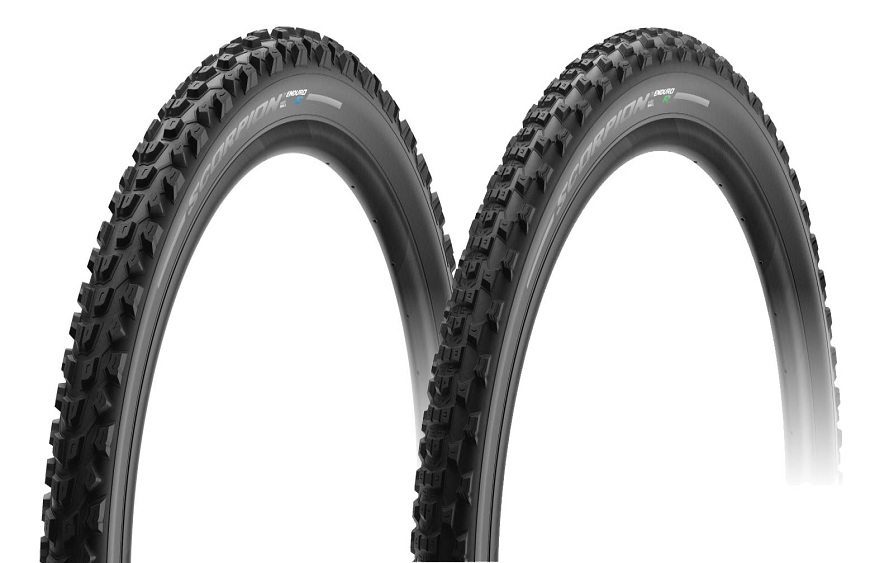
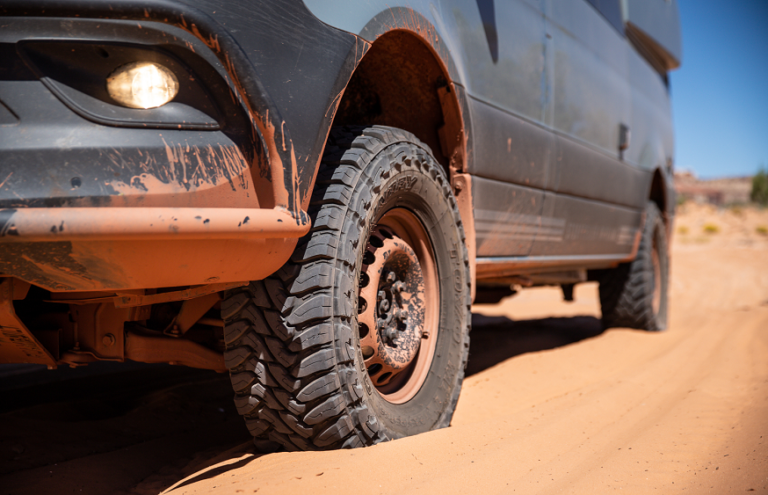

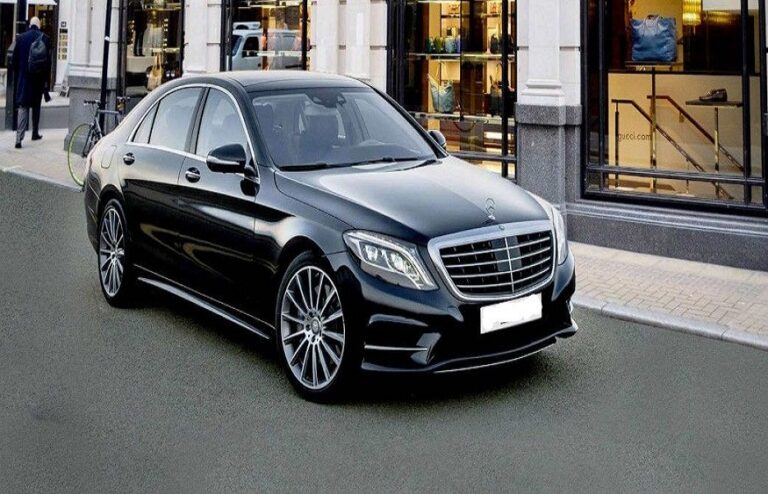
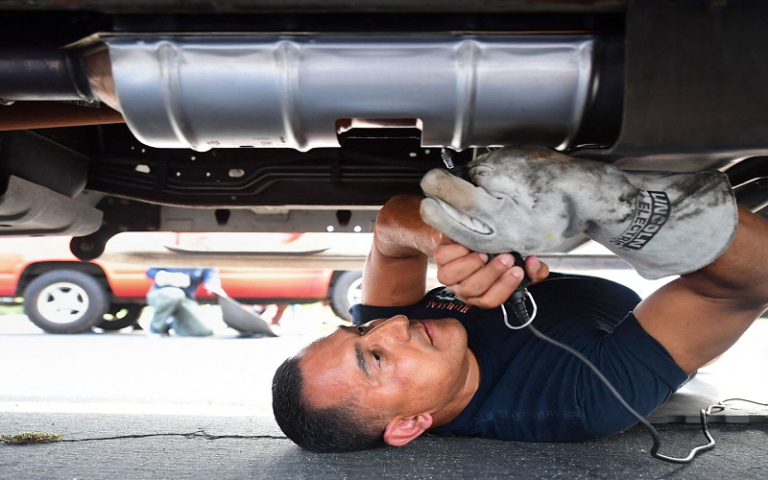

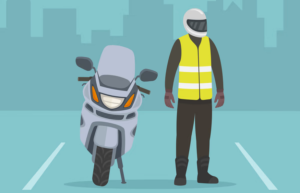





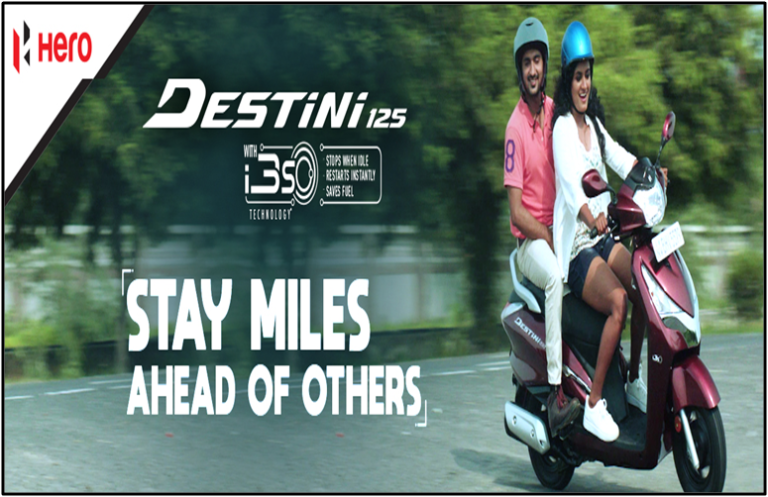
+ There are no comments
Add yours